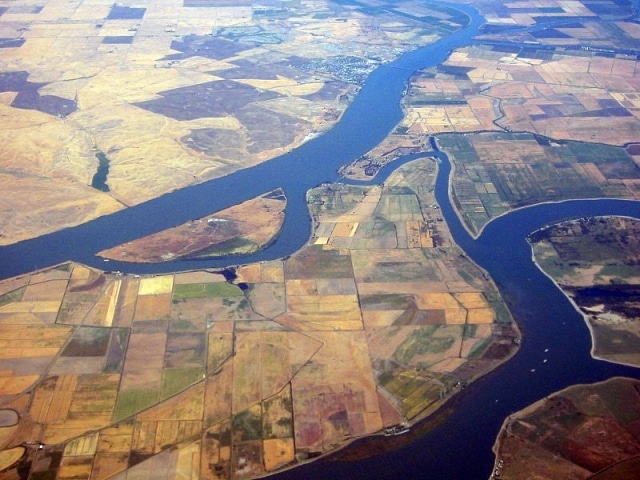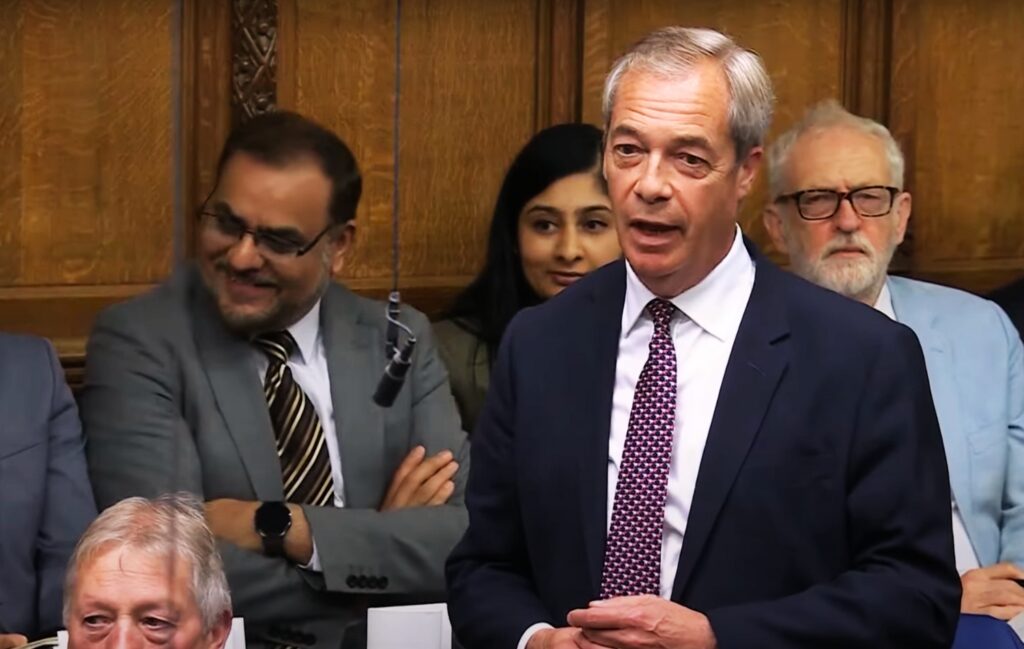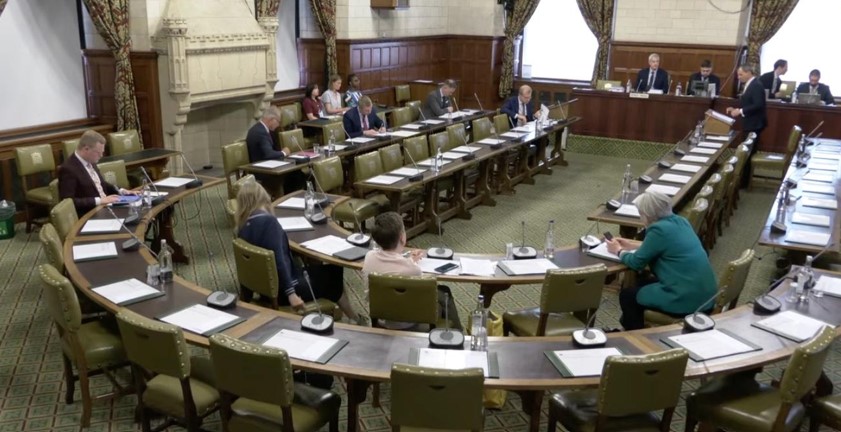To understand what California Governor Jerry Brown’s Bay Delta Conservation Plan is all about, you have to understand a bit of history.
Back in 1982, once and future governor Jerry Brown pushed through a plan to build a canal that would divert water from the Sacramento River before it gets to the Sacramento-San Joaquin River Delta in order to feed the voracious appetite for water among farmers in California’s Central Valley and municipalities in Southern California.
The canal plan was defeated by a state-wide referendum in a stinging rebuke of Brown’s plan. Californians’ objections were based largely on concerns about the impact it would have on the fragile estuary ecosystem of the delta.
Now, 30 years later, the same Governor Jerry Brown is pushing for the same plan, but he wants to build two tunnels instead of a canal, and is estimated to cost between $25 billion and $54 billion. Many Californians are once again questioning the wisdom of Brown’s plan, especially environmentalists, who worry that if you take away the Sacramento River — which supplies some 80% of fresh water to the delta — you will do irreparable harm to the estuary.
There’s a larger concern, too: Many Californians feel that, at a time of record drought, when we’re all being asked to think about how much water we’re consuming and make a concerted effort to use less, those billions in taxpayer money would be better spent upgrading outdated infrastructure to ensure we’re using water more efficiently and lowering our overall water usage.
There is a concern amongst Californians that this is nothing more than an attempt to make ratepayers foot the bill so that Big Ag and Big Oil can keep receiving subsidized water.
“Even if we were going to get some of the water, which we’re not, it still doesn’t solve the problem of us importing all our water,” says Andrea Leon-Grossman, a homeowner in LA. “If we’re going to spend all that money, I want it to go to something worthwhile, and I want it to create local jobs. Half of that water will go to frackers, and will be permanently taken off the cycle. We will never see that water again.”
Just how much of the water would go to agricultural purposes versus oil operations is unclear. While there’s no doubt that agriculture would take the vast bulk of the water, it’s estimated that fracking uses 320 gallons of water to produce one barrel of oil. So a significant amount of water would be used for oil operations, as well.
The one thing that is clear is that the biggest benefactors of the Bay Delta Conservation Plan will most likely be Big Ag and Big Oi.
The Kern County Water Agency proudly trumpets the fact that it is a “key participant in the development of the BDCP,” and no wonder, since Kern County is a major agricultural region. It’s also a major oil-producing region. So it’s no surprise that industrial agricultural operations like Paramount Farming Company and major oil companies like Chevron are sponsors of KCWA.
“Despite population and economic growth in California, we use less water at the residential level than 30 years ago, overall, because of basic water efficiency indoors and outdoors, though there’s a long way to go there,” says Food & Water Watch’s California Director, Adam Scow. “Really what this tunnel project exposes is who really wants the water out of the delta? And the answer is Big Ag and Big Oil. It’s not based on need, it’s based on greed.”
Photo credit: worldislandinfo.com
Subscribe to our newsletter
Stay up to date with DeSmog news and alerts







